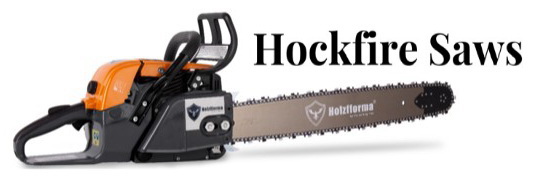Not sure what you guys wanna hear next. Stop me at any time, or interject with questions or corrections.
Exhaust roof height. Another highly debatable point to argue.
Compression and amount of swept volume are in part determined by the roof height of the exhaust. It's generally accepted that a lower roof height (I'm gonna talk physically, because a lower roof is a higher numerical degree number) creates more torque because there's more time for the combustion pressure to exert force on the piston crown. The issue is when does the pressure fall to a point where the pressure it exerts isn't worth the lower roof.
A lower roof means the blowdown, or degree difference between exhaust and upper transfer opening, can be slightly less than a higher roof-but not a tremendous amount.
So if you go with 15* of blowdown on a 105 exhaust, your transfers will open at 120. So now you've only got 120* of crank rotation to fill the larger swept volume you've created by the lower roof. You can't raise them to have more time to fill because the pressure from combustion pressure won't be vented enough to prevent backfilling them with exhaust. Again, a balance exists and exceptions occur.
Some guys like high exhausts and some (like me) like lower exhausts. The truth is they both work and there are trade offs to both.
 Another pics that's not mine, but it illustrates a nice roof. Many argue a lot is "left on the table" with this amount of shape. The sides can be squarer and the roof flatter, but this is safe.
Another pics that's not mine, but it illustrates a nice roof. Many argue a lot is "left on the table" with this amount of shape. The sides can be squarer and the roof flatter, but this is safe.






